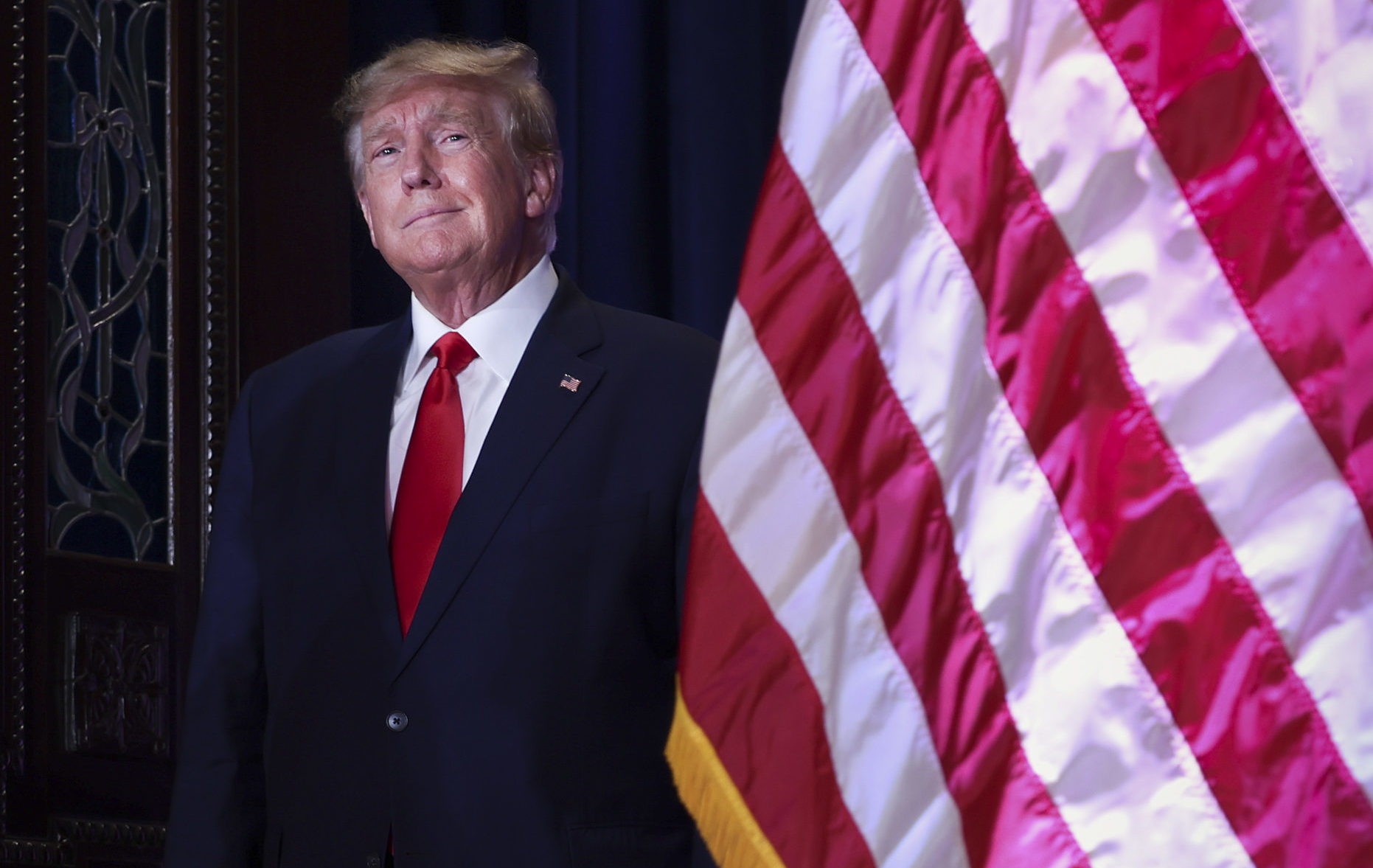


In July 2023, my TAC colleague Jude Russo reviewed former U.S. Trade Representative Robert Lighthizer’s book No Trade Is Free. “An impression that emerges from Lighthizer’s account is how moderate the Trump trade policy was,” Russo wrote. “The American tariff load post-Trump is still lower than that in comparable economies, including those of our putative allies in the European Union.”
“The Trump administration completely changed the trade policy paradigm, and the Biden administration has adopted many of its solutions wholesale,” he continued. “Hardly the stuff of wide-eyed fire-breathing economic madness.”
But there might yet be some fire-breathing in President Donald Trump’s second term in the form of universal baseline tariffs.
As we prepare to enter the new year, former President Trump seems well-positioned to recapture the White House. Trump continues to expand his advantage over the rest of the GOP primary field, and President Joe Biden’s approval ratings are abysmal. But, as Pennsylvania Senator John Fetterman recently told Politico, “there’s a whole lifetime in politics between now and next November.” If anyone understands this, it’s Trump. On New Year's Day 2020, he was set to sail smoothly into a second term. Three months later, the country was in Covid-induced lockdowns.
Nevertheless, if Trump does make a triumphant return to 1600 Pennsylvania Avenue, the New York Times has provided a peek at what the Trump administration’s trade policy might look like this go around. Its mastermind is none other than Robert Lighthizer.
In February 2023, Trump unveiled a rough sketch of his trade policy in a second term. The “America First trade plan” has three main tenets: universal baseline tariffs, decoupling from China, and bolstering domestic workers and manufacturing.
In typical Trump fashion, the proposal to impose universal baseline tariffs is light on details. The original “Agenda47” document released by the Trump campaign does not provide a specific tariff rate, but during an interview with Fox Business in August, Trump floated 10 percent. “I think we should have a ring around the collar” of the American economy, Trump added. He did not elaborate on whether the universal tariff rate will compound upon or replace pre-existing tariffs. The New York Times interviewed Lighthizer about Trump’s America First trade plan and asked “if an imported product was now taxed at 5 percent, would that rate rise to 10 percent or to 15 percent?” Lighthizer reportedly told the Times the new tariff rate would be 15 percent.
Some Trump administration alumni have doubts over whether the president has the authority to impose universal tariffs. Former Deputy Assistant to the President for international economics Clete Willems told the Times that “the president’s authority to enact across-the-board tariff hikes is unclear, and I’m skeptical Congress is going to endorse it.”
Though Lighthizer did not rule out Congress providing legislation as a strategy to meet Trump’s goals, he told the Times that the president has “clear authority” to impose such tariffs thanks to the International Emergency Economic Powers Act and Section 338 of the Tariff Act of 1930.
Title I of the International Emergency Economic Powers Act, signed into law in 1977, amended the Trading With the Enemy Act of 1917 to permit the president to regulate economic transactions with foreign countries or nationals without being at war. Title II, however, states that the authority of the president to regulate economic activity is limited to times of a national emergency.
Under Section 338 of the Tariff Act of 1930, the president also has the authority to levy “new or additional duties” on imports from countries that have “discriminated” against the U.S. in trade. If the president, after an investigation into a foreign actor’s trade practices, finds evidence of discriminatory behavior, he has the authority to impose tariffs up to 50 percent of the imported product’s value. The statute specifies two kinds of discrimination. The first is if the foreign country has placed an “unreasonable charge, exaction, regulation, or limitation” on American made products that is “not equally enforced upon the like articles of every foreign country.” The second is if the foreign country discriminates “in fact” against American goods “in respect to customs, tonnage, or port duty, fee, charge, exaction, classification, regulation, condition, restriction or prohibition” to disadvantage U.S. goods in the market.
Which leads Lighthizer to conclude “[the president] has the legal authority to do it and he’s got two routes.” But Lighthizer added, “[Trump] hasn’t made that choice as far as I know.”
“If all you chase is efficiency—if you think the person is better off on the unemployment line with a third 40-inch television than he is working with only two—then you’re not going to agree with me,” Lighthizer told the Times. “There’s a group of people who think that consumption is the end. And my view is production is the end, and safe and happy communities are the end. You should be willing to pay a price for that.”
As for the Trump campaign, the February 2023 release claims that Trump’s proposal to impose universal baseline tariffs “is firmly rooted in American history”: “America used to impose tariffs on over 95% of all imports, and for decades the federal government took in over 80% of its revenue by taxing foreign producers through tariffs—not by taxing American workers and businesses.”
After all, the slogan is Make America Great Again, not Make America Great. There’s no need to reinvent the wheel. Just protect America’s ability to make it.
